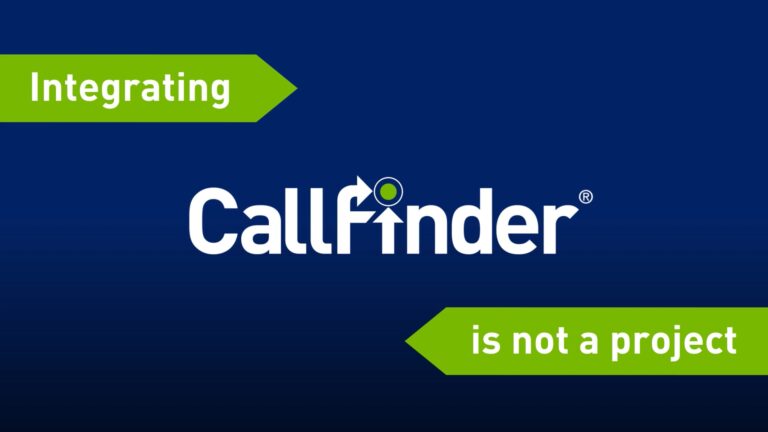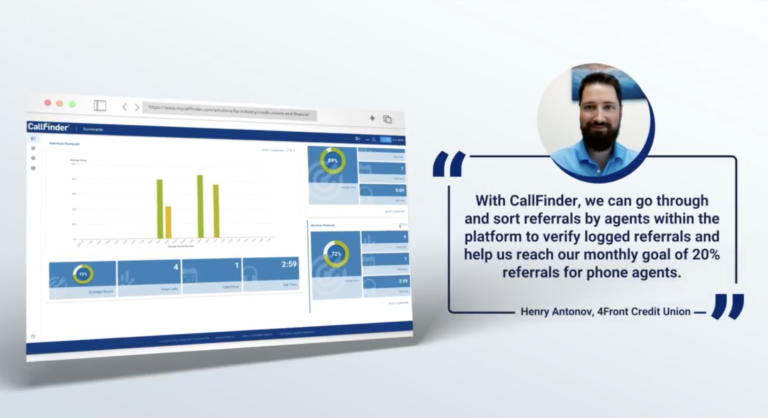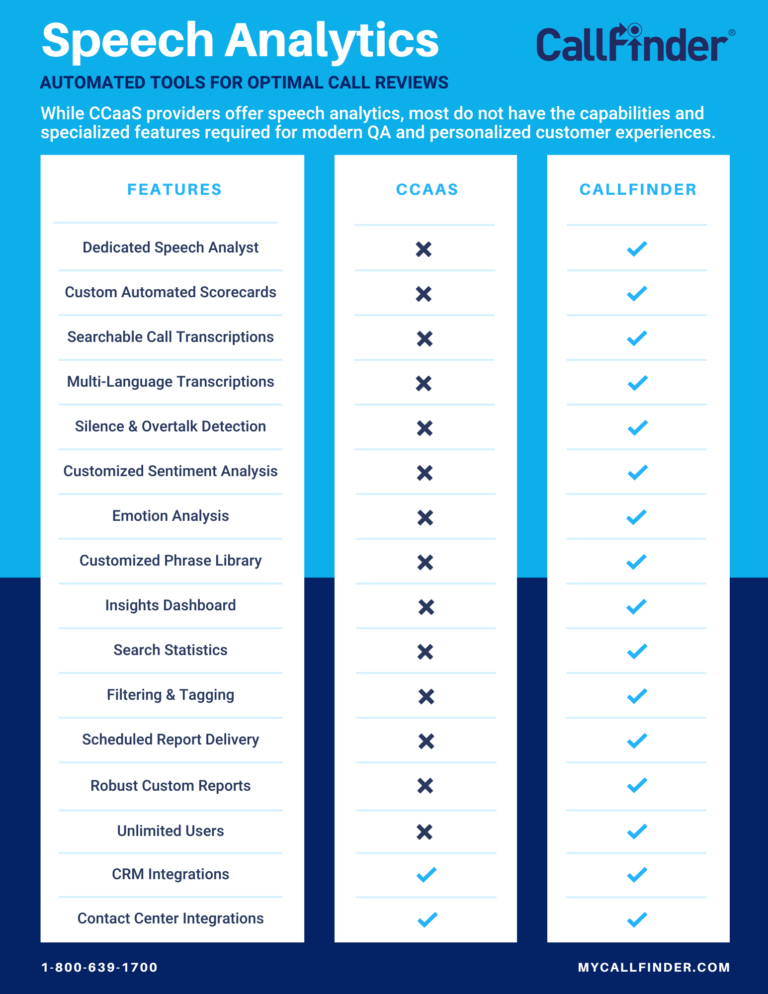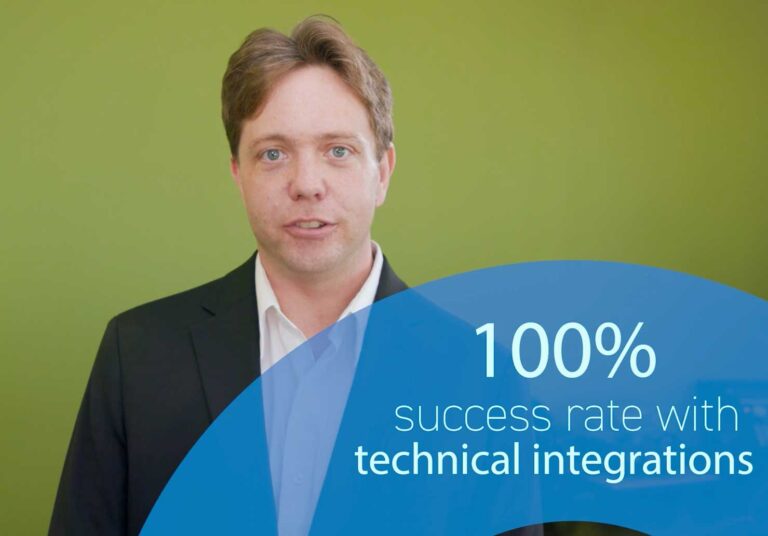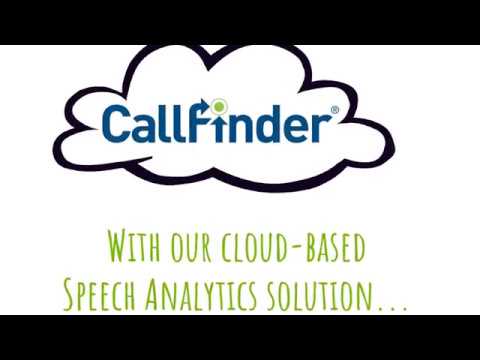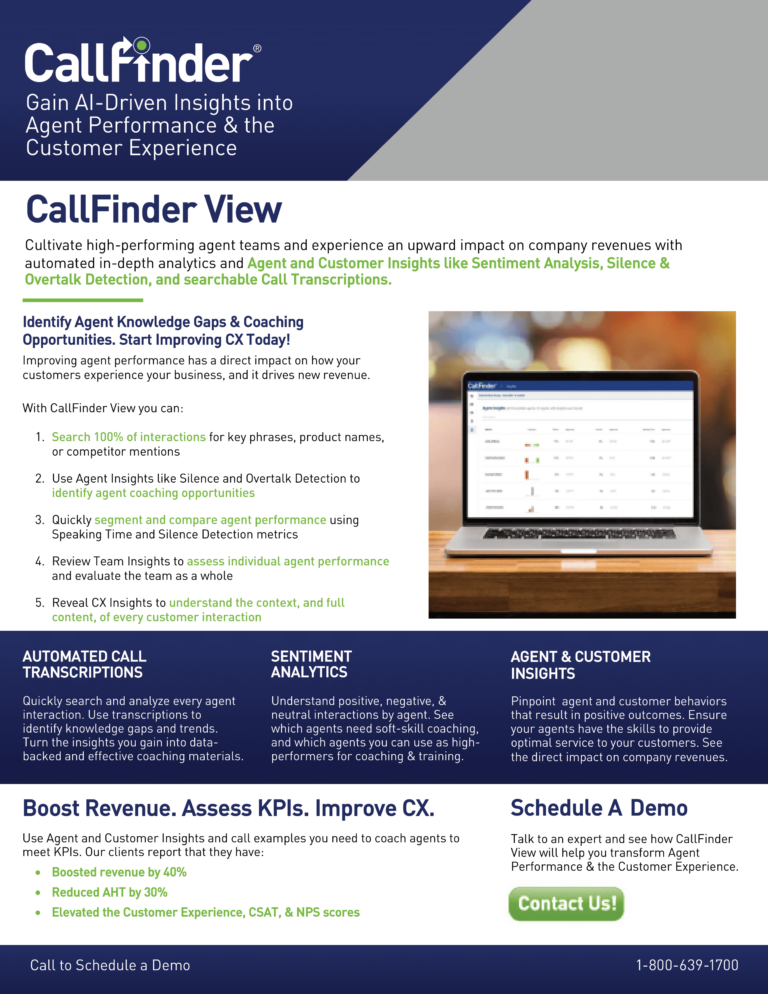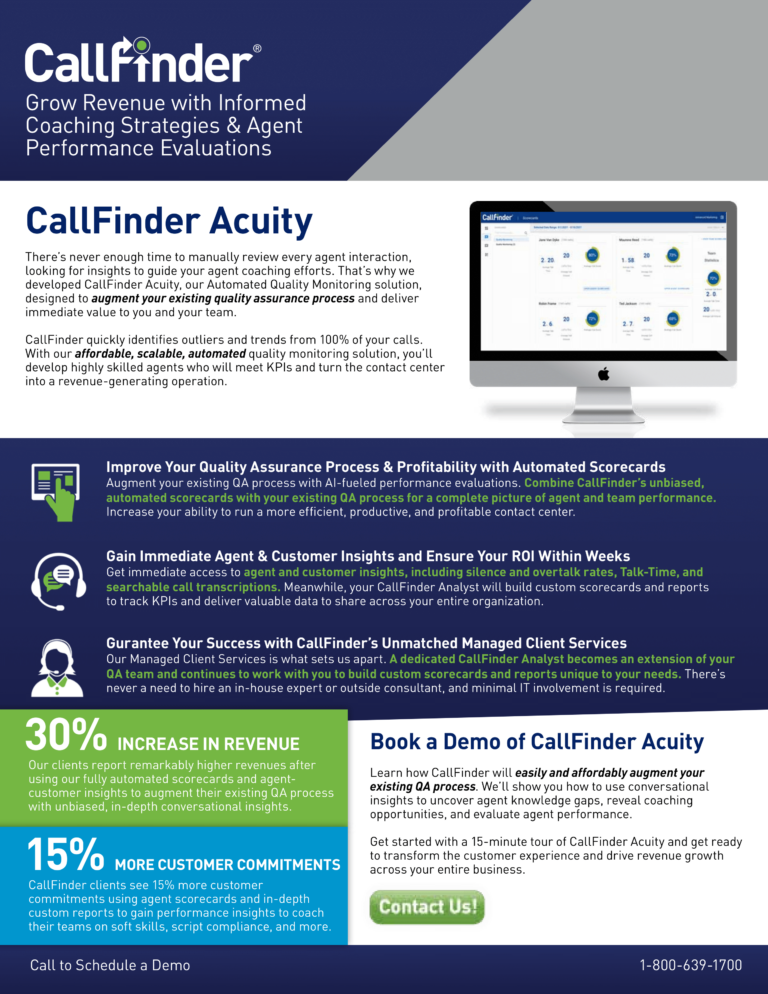What is Speech Analytics Technology?
Speech analytics is defined as a systematic approach used to analyze customer conversations that take place over the telephone.
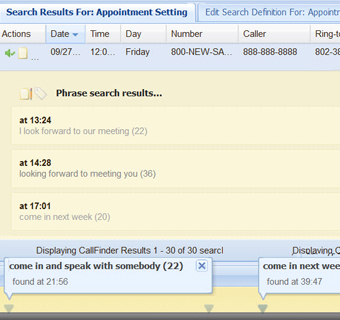
In other words, speech analytics is the process of using technology to automatically analyze recorded speech to gain greater insight into customer interactions, and business and individual agent performance. Speech analytics applications are commonly deployed in call centers, where a large number of calls take place every day between customers and customer service agents. However, it is also often used in small to medium sized businesses as well to monitor customer service, sales, and other departments.
Speech analytics is more than an application to identify spoken words within recordings. The advanced technology solution applies linguistic and semantic analysis to pre-recorded and real-time verbal conversations in order to understand the topics discussed and their context, and can also discover the sentiment of the speakers during the interaction.
Speech analytics can be used as a stand-alone solution for analysis of just the actual voice of the customer, using call recordings as the foundation. However, speech analytics technology is often also just one component of a larger interaction analytics solution that extracts data about the customer from multiple channels such as phone, email, chat and social media. These all-encompassing solutions often use ‘on premise’ technology, meaning they require hardware and software installation and maintenance.
How Does the Technology Work?
There are two types of speech analytics technology; on premise and cloud-based. On premise solutions represented the first generation of speech analytics technology, and were mostly available to large enterprise businesses that could afford the vast software and hardware requirements and maintenance to run an on premise solution. More recently, cloud-based technology was introduced to the speech analytics market, making a solution widely available to small and medium sized businesses due to the flexible and scalable nature of cloud-based technology, which does not require hardware, software installations, or maintenance by the user. This is beneficial to many businesses as it reduces the pull on their internal resources, including the IT and IS departments.
More technology providers are moving to offering cloud-based solutions. Cloud-based solutions offer real-time analysis of customers’ wants and needs at a dramatically lower cost to implement and support than hardware based analytics products, allowing businesses to quickly and affordably tap into hidden intelligence.
In fact, some contact center industry insiders consider the move to cloud-based speech analytics to be one of the most important developments in contact center operations.
How Cloud-based Speech Analytics Works
There are six elements that contribute to a cloud-based speech analytics application:
- Call recordings, which are captured in real-time, while agents are speaking with customers.
- Call metadata, the unstructured data contained in an audio file and that is processed through the speech analytics technology and transformed into practical data, ready for analysis.
- Indexing technology, which is the process of converting the unstructured data into a string of phonemes or words, which is when the data starts to shape into practical and useful information.
- Phonetics-based (or dictionary-based) speech analytics solution mines the recordings in real time for the presence, or absence, of specified key phrases.
- Call categorization, where calls are automatically sorted based on criteria established by the user. For example, call records can automatically flow into buckets like ‘script compliance’, ‘sales appointments’, or ‘high risk calls’.
- Reporting solutions, which is the last phase of the technology process that aggregates the data contained in the speech analytics solution, capturing trending data for further analysis, such as specific product mentions, competitor mentions, or the percent of calls where the agents are thanking customers at the close of a call, to be more specific.
It is a multi-step process to take the unstructured data contained within a recorded customer conversation and turn it into structured data that can be searched, analyzed, and acted upon. The first step involves incorporating conversations from the source (the call recording application) and the associated metadata such as when the call took place, the call duration, which agent handled the customer interaction, who the customer was, and finally why they were calling.
Audio files undergo a speech recognition process where spoken language is broken down into either phonemes (the basic units of sound), if a phonetic-indexing solution is being used, or text, if a dictionary based solution is used. Finally, the speech analytics application automatically analyzes the interactions for certain language patterns to categorize audio files as containing certain language or characteristics, which are identified by the user as important to call out.
Discovery, categorizing, analysis, and reporting are achieved through a web interface that allows users to mine customer conversations for specific spoken phrases. The captured and analyzed data can then be used by a company to take actionable steps, make strategic business decisions, and improve the customer experience, all by providing direct feedback to analysts, supervisors, and agents through notifications and reports.
Which Solution is the Best?
Before implementing a speech analytics solution, there are three main and important factors to take into considerations:
- Type of search technology to use; phonetic search or dictionary search
- Cloud-based vs. hardware and software installation
- Call recording technology; in-house, third-party or all-in-one solution
There are two main technologies used to power speech analytics: speech-to-text and phonetics-based. Speech-to-text technology is based on a large vocabulary continuous speech recognition (LVCSR) engine, which translates audio recordings into searchable text. Speech-to-text is dependent upon a language model and dictionary to identify words correctly.
A phonetics-based speech analytics product scans the recordings and uses the original audio files to identify the string of phonemes (the smallest units of sound that make up language) that match the search criteria. The phonetics-based technology does not require a language model or dictionary, meaning indexing and searching audio files is more rapid than speech-to-text. Phoneme-based speech analytics also allow for broader search terms including industry jargon, product names, acronyms, multiple languages, accents and dialects, and provide more accurate and customizable results.
Finally, where calls are recorded and how they are processed through the chosen speech analytics solution is important. Using a provider that processes incoming calls through their own platform, recording and analyzing them, has inherent benefits. The process is smoother, faster, and their services can be more affordable since there are no third-party recording vendors involved.
It is critical to address these issues before delving into a contract or purchase of a speech analytics solution.
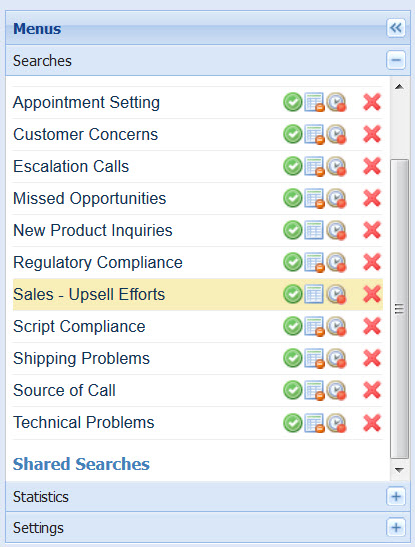
Why Does My Company Need Speech Analytics?
If your organization handles considerable inbound call traffic to the sales, customer service, or call center departments, there is valuable information and customer data contained inside those conversations that you may be missing out on.
Typically, users of speech analytics solutions report that they are able to identify areas of coaching and training opportunities to help guide their employees and agents, allowing them to improve their performance while speaking with their customers, and at the same time, improve the overall customer experience.
Some of the performance metrics that have been tracked and improved after implementing call recording with speech analytics include:
* 59% increase to inbound lead conversion rates: How? Employee training and coaching efforts as a direct result of insights gleaned from customer conversations.
* 100% compliance with federal regulations, and reduction in litigation risk: How? Adherence to scripts, which address issues mandated in the Telephone Consumer Protection Act – TCPA.
* 18% reduction in call monitoring hours: How? Fast, automated audio mining technology sorts calls based on key phrases and isolates customer conversations that need attention.
Go through these questions to assess your company’s need for a speech analytics solution:
- Are you recording your calls with customers and analyzing them for quality assurance?
- Do you know how your company rates in customer experience and customer service?
- Are your call center and customer service agents staying on script in order to provide the best quality customer experience, comply with regulations and avoid risk?
- Can you access data on the customer experience in order to make strategic business decisions to continue pushing the business forward?
If you answered no to even one of these questions, you’re not alone, and there is technology available to help. Simply recording your calls with customers is one small piece of the puzzle. You have to listen to and analyze those call recordings to extract business insights in order to make improvements to your customer service delivery. Manually listening to and identifying insights is incredibly time consuming and impossible even for small businesses and call centers, never mind medium to large enterprises.
This is where advancements in technology will be a tremendous help. A cloud-based speech analytics application will automatically scan every call recording in split seconds, searching for just the calls that contain keywords and phrases that you specify as relevant to your business. And, you can create an unlimited number of searches. So, you can scan calls for mentions of specific marketing promotions, customer service up-sell programs, and even for specific phrases from a company-mandated script so you can gauge whether or not sales and service reps are actually following that script.
